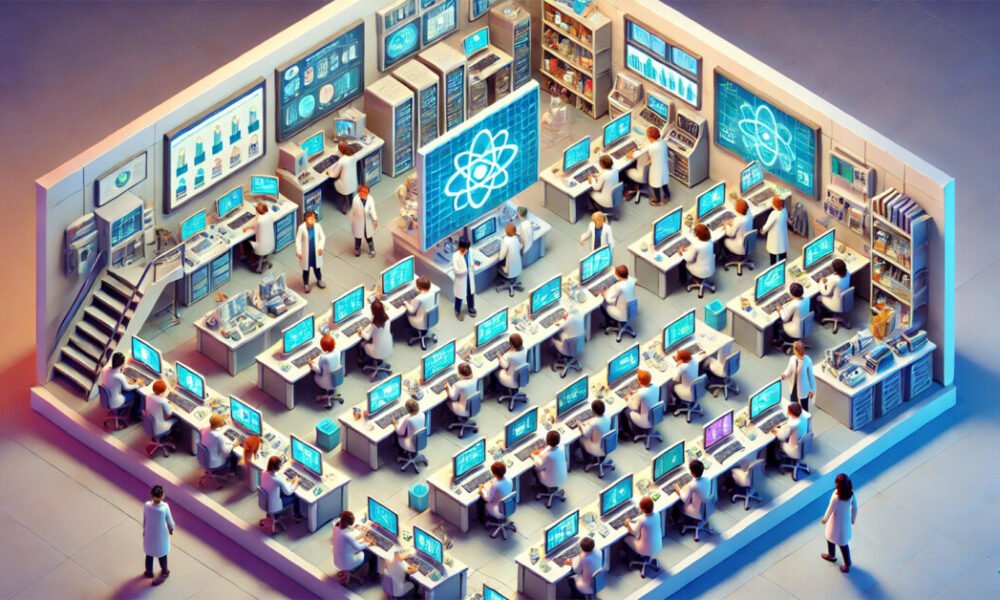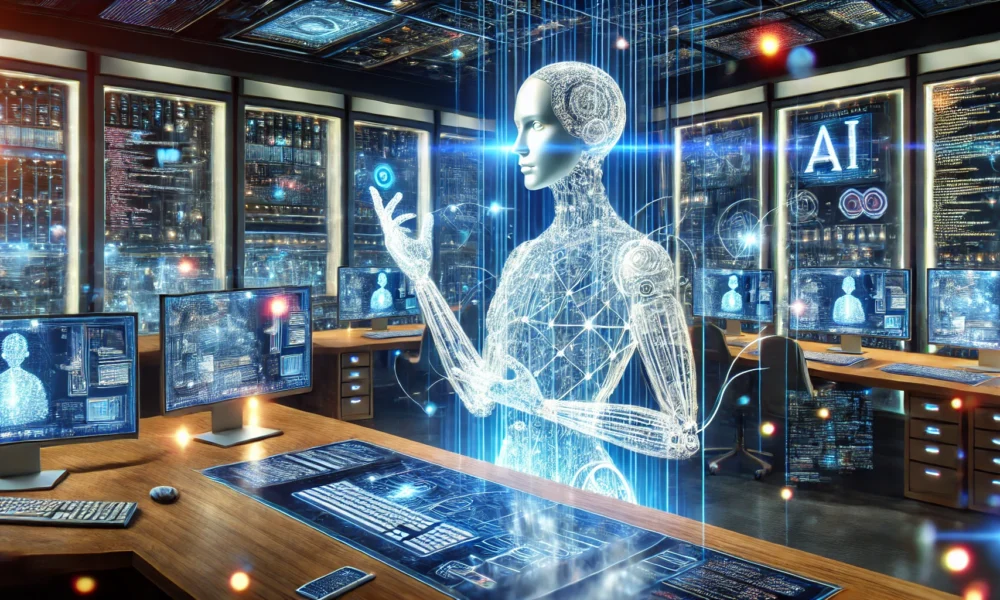Exploring Emerging Trends in Computer Vision and Image Synthesis Research Insights
I have spent the past five years closely monitoring the computer vision (CV) and image synthesis research landscape on platforms like Arxiv. With this experience, I have observed trends evolving each year and shifting in new directions. As we approach the end of 2024, let’s delve into some of the new and developing characteristics found in Arxiv submissions in the Computer Vision and Pattern Recognition section.
The Dominance of East Asia in Research Innovation
One noticeable trend that emerged by the end of 2023 was the increasing number of research papers in the ‘voice synthesis’ category originating from East Asia, particularly China. In 2024, this trend extended to image and video synthesis research. While the volume of contributions from China and neighboring regions may be high, it does not always equate to superior quality or innovation. Nonetheless, East Asia continues to outpace the West in terms of volume, underscoring the region’s commitment to research and development.
Rise in Submission Volumes Across the Globe
In 2024, the volume of research papers submitted, from various countries, has significantly increased. Notably, Tuesday emerged as the most popular publication day for Computer Vision and Pattern Recognition submissions. Arxiv itself reported a record number of submissions in October, with the Computer Vision section being one of the most submitted categories. This surge in submissions signifies the growing interest and activity in the field of computer science research.
Proliferation of Latent Diffusion Models for Mesh Generation
A rising trend in research involves the utilization of Latent Diffusion Models (LDMs) as generators for mesh-based CGI models. Projects such as InstantMesh3D, 3Dtopia, and others are leveraging LDMs to create sophisticated CGI outputs. While diffusion models faced initial challenges, newer advancements like Stable Zero123 are making significant strides in bridging the gap between AI-generated images and mesh-based models, catering to diverse applications like gaming and augmented reality.
Addressing Architectural Stalemates in Generative AI
Despite advancements in diffusion-based generation, challenges persist in achieving consistent and coherent video synthesis. While newer systems like Flux have addressed some issues, the field continues to grapple with achieving narrative and visual consistency in generated content. This struggle mirrors past challenges faced by technologies like GANs and NeRF, highlighting the need for ongoing innovation and adaptation in generative AI.
Ethical Considerations in Image Synthesis and Avatar Creation
A concerning trend in research papers, particularly from Southeast Asia, involves the use of sensitive or inappropriate test samples featuring young individuals or celebrities. The need for ethical practices in AI-generated content creation is paramount, and there is a growing awareness of the implications of using recognizable faces or questionable imagery in research projects. Western research bodies are shifting towards more socially responsible and family-friendly content in their AI outputs.
The Evolution of Customization Systems and User-Friendly AI Tools
In the realm of customized AI solutions, such as orthogonal visual embedding and face-washing technologies, there is a notable shift towards creating safer, cute, and Disneyfied examples. Major companies are moving away from using controversial or celebrity likenesses and focusing on creating positive, engaging content. While advancements in AI technology empower users to create realistic visuals, there is a growing emphasis on responsible and respectful content creation practices.
In summary, the landscape of computer vision and image synthesis research is evolving rapidly, with a focus on innovation, ethics, and user-friendly applications. By staying informed about these emerging trends, researchers and developers can shape the future of AI technology responsibly and ethically.
Q: What are the current trends in computer vision literature in 2024?
A: Some of the current trends in computer vision literature in 2024 include the use of deep learning algorithms, the integration of computer vision with augmented reality and virtual reality technologies, and the exploration of applications in fields such as healthcare and autonomous vehicles.
Q: How has deep learning impacted computer vision literature in 2024?
A: Deep learning has had a significant impact on computer vision literature in 2024 by enabling the development of more accurate and robust computer vision algorithms. Deep learning algorithms such as convolutional neural networks have been shown to outperform traditional computer vision techniques in tasks such as image recognition and object detection.
Q: How is computer vision being integrated with augmented reality and virtual reality technologies in 2024?
A: In 2024, computer vision is being integrated with augmented reality and virtual reality technologies to enhance user experiences and enable new applications. For example, computer vision algorithms are being used to track hand gestures and facial expressions in augmented reality applications, and to detect real-world objects in virtual reality environments.
Q: What are some of the emerging applications of computer vision in 2024?
A: In 2024, computer vision is being applied in a wide range of fields, including healthcare, autonomous vehicles, and retail. In healthcare, computer vision algorithms are being used to analyze medical images and assist in diagnosing diseases. In autonomous vehicles, computer vision is being used for object detection and navigation. In retail, computer vision is being used for tasks such as inventory management and customer tracking.
Q: What are some of the challenges facing computer vision research in 2024?
A: Some of the challenges facing computer vision research in 2024 include the need for more robust and explainable algorithms, the ethical implications of using computer vision in surveillance and security applications, and the lack of diverse and representative datasets for training and testing algorithms. Researchers are actively working to address these challenges and improve the reliability and effectiveness of computer vision systems.
Source link



